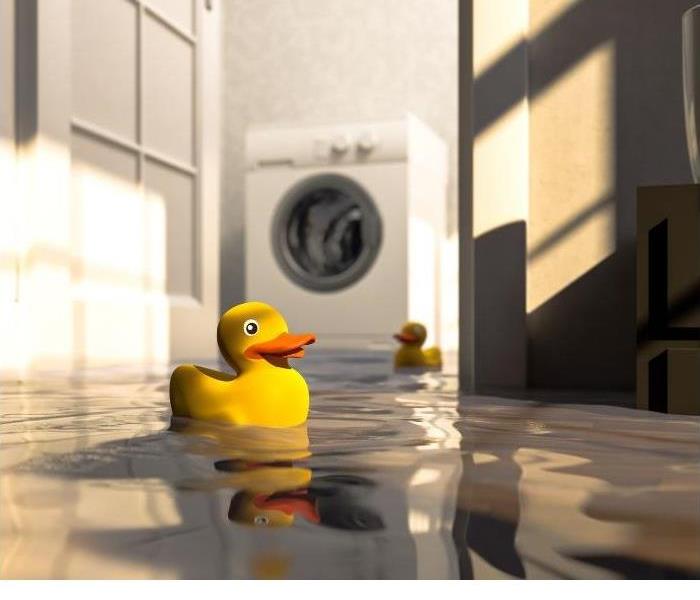Understanding the Differences: Flood Damage vs. Water Damage – A Comprehensive Guide
8/17/2023 (Permalink)
As an expert in property restoration and the intricacies of water-related damages, we understand that homeowners and property managers are often confused about flood damage and water damage. This comprehensive guide aims to clearly outline their causes, differences, effects, and recovery processes, as well as provide advice on insurance coverage, prevention, and mitigation.
Property damage resulting from water intrusion is a common issue faced by homeowners worldwide. However, the source of the water makes a significant difference in terms of insurance coverage, damage assessment, cleanup procedures, and more. This distinction is between flood damage and water damage.
What is Water Damage?
Water damage is typically caused by problems within the house. Examples include water leaks, burst pipes, sewage backup, a roof leak, a malfunctioning sump pump, or a broken appliance, among others. It's crucial to detect water damage early, as it can lead to further issues such as structural damage, mold growth, and other health risks if left unchecked.
What is Flood Damage?
Flood damage is defined by the Federal Emergency Management Agency (FEMA) and insurance companies as damage caused by water from a natural source that inundates land that's usually dry. This can include flash floods, storm surges, overflow of a body of water, or mudflows.
The Key Differences Between Flood and Water Damage
Insurance Coverage
Homeowner's insurance typically covers water damage, but flood damage is only covered under a separate flood insurance policy.
The Extent of Damage
Floods can affect larger areas and cause more severe damage, including severe structural damage, loss of property, and potential displacement.
Cleanup and Restoration
Both require immediate attention, but flood damage may necessitate more intensive cleanup due to potential contamination from sewage and other hazardous materials.
Preventing Water and Flood Damage
Water Damage
- Regularly inspect and maintain household appliances
- Check plumbing systems for leaks
- Ensure the roof is in good condition to prevent leaks
- Install a sump pump if the basement is prone to flooding
Flood Damage
- If possible, elevate your home if it's in a flood-prone area
- Install flood barriers or shields for doors and windows
- Ensure your property has good drainage
- Seal walls in basements with waterproofing compounds
Dealing with Water and Flood Damage
The first step in handling either type of damage is to perform a thorough damage assessment. For water damage, this typically involves finding the source of the water intrusion and assessing moisture levels in the affected area. In flood situations, it's crucial to document the damage for insurance purposes.
For cleanup and restoration, professional services are often needed due to the extent of damage and potential health risks. Water damage restoration involves water extraction, drying, dehumidification, and then repair and restoration of the damaged areas. Flood damage cleanup follows a similar process but may involve additional steps to deal with contamination.
Understanding Insurance Claims for Water and Flood Damage
Navigating insurance claims for water and flood damage can be complex. It's vital to understand your policy's specific terms and conditions and to work closely with your insurance provider throughout the claim process.
Conclusion
Understanding the difference between flood and water damage is crucial for effective property management, particularly when it comes to insurance coverage and the cleanup process. Whether dealing with a simple water leak or a devastating flash flood, quick action, and professional help are often the keys to successful restoration.





 24/7 Emergency Service
24/7 Emergency Service
